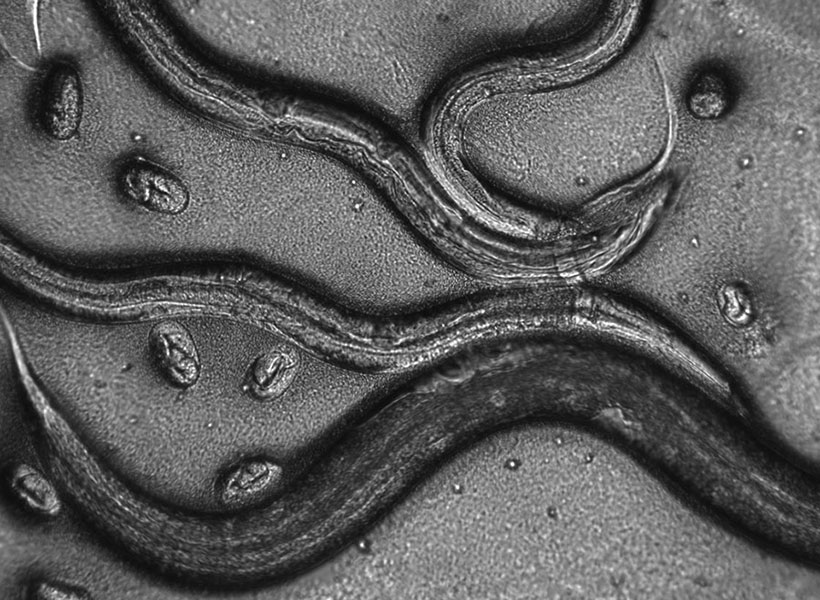
# Scientists Discover New Genetic Mutation Associated with Rare Mitochondrial Encephalopathy: Progress in Understanding Mitochondrial Disorders
In a pioneering study, scientists have found an unrecognized genetic mutation associated with a rare type of mitochondrial encephalopathy, shedding light on the genetic foundations of mitochondrial disorders. These illnesses disrupt many vital cellular processes and have historically posed significant challenges for effective diagnosis and treatment.
The research, published in *npj Genomic Medicine*, represents a crucial advancement in comprehending how mitochondrial disorders, especially those that impact the central nervous system (CNS), emerge from complex genetic influences. This finding not only paves the way for new avenues of research but also carries potential implications for diagnostics and possible treatments.
### Mitochondrial Disorders: An Increasingly Important Issue
Mitochondrial disorders rank among the most widespread hereditary metabolic conditions. Occurring in approximately one in 5,000 live births, these disorders frequently result in severe symptoms, primarily neurological, including developmental delays, seizures, and ataxia (impaired muscle coordination). Despite their frequency, much remains unknown about the genetic origins of these conditions.
One category of mitochondrial disorder, mitochondrial encephalopathy, uniquely targets the brain and CNS, leading to a wide array of cognitive and motor challenges. The infrequency and intricacy of these diseases can often delay diagnosis, highlighting the significance of research like this recent study.
### A Groundbreaking Finding: NAXE Gene Mutation
Led by Professor Yasushi Okazaki from Juntendo University, a team of researchers identified an unusual genetic mutation associated with a form of mitochondrial encephalopathy. This mutation, characterized by a biallelic GGGCC repeat expansion in the promoter region of the **NAXE** gene, was revealed in a three-year-old girl suffering from severe CNS symptoms.
The **NAXE** gene encodes an enzyme crucial for maintaining healthy mitochondrial functionality. A substantial reduction in the expression of this gene, as observed in the patient, can lead to mitochondrial dysfunction resulting in developmental delays, seizures, and additional neurological symptoms.
The mutation, a repeat expansion, involves a DNA sequence that is excessively repeated. This type of mutation can critically hinder the gene’s normal expression. “We were able to detect this rare genetic mutation using advanced sequencing technologies, including RNA sequencing and long-read sequencing,” stated Professor Okazaki. He further clarified that the repeat expansion in the **NAXE** gene suppresses transcription, diminishing the production of the essential NAXE enzyme.
### Hypermethylation and Uniparental Disomy
The research team also discovered further mechanisms amplifying the effects of the repeat mutation. DNA hypermethylation, a process involving the addition of methyl groups to the DNA sequence, was identified in the repeat region. This chemical alteration can silence genes and likely contributed to the further reduced expression of **NAXE** in the patient.
Interestingly, the girl inherited both mutated gene copies from her mother—a genetic condition referred to as **uniparental disomy (UPD)**. This condition occurs when both copies of a chromosome derive from one parent rather than one from each, potentially leading to atypical genetic inheritance and expression patterns. Consequently, this phenomenon rendered the girl homozygous (possessing two identical copies) for the repeat expansion, intensifying the mitochondrial dysfunction.
### The Significance of Advanced Sequencing Methods
Sequencing technologies were pivotal in this discovery, highlighting the capability of these advanced tools in genetic research. Conventional short-read sequencing methods often fail to identify repeat expansions like that in the **NAXE** gene. These techniques can bypass complex structural variants, especially within repetitive DNA sequences. However, **long-read sequencing**, a sophisticated technique adept at analyzing longer DNA segments, enabled the researchers to detect the concerning repeat expansion.
As this study illustrates, these methods are essential for exploring rare genetic conditions that may have gone undetected with standard sequencing techniques. Moving ahead, the research community is likely to increasingly leverage long-read sequencing to study similar repeat expansions and other structural variants contributing to mitochondrial and metabolic disorders.
### Future Research and Treatment Implications
This significant discovery establishes a vital basis for more focused investigations into **mitochondrial encephalopathies** and other obscure mitochondrial disorders. The findings underscore the necessity of researching repeat expansions, which may occur more frequently in mitochondrial diseases than previously assumed.
By pinpointing specific genetic causes like the **NAXE** gene mutation, researchers can create enhanced diagnostic tests to identify such mutations earlier in affected groups. This research also opens up new opportunities for exploring gene therapies or other treatment options that could potentially reverse or alleviate the impacts of abnormal methylation or repeat expansions.
Furthermore, the identification of **uniparental disomy** as a genetic factor signals a need for further exploration in this area.